1 Yardley Road (Formerly The Castle Inn)
Now an Indian restaurant called Amaya, 1 Yardley Road was once The Castle Inn. This 17th century, Grade II listed building was described in Oliver Ratcliff’s almanac ‘Olney, Bucks’ (1907) as ‘one of the oldest inns of Olney and is supposed to stand upon the site of the old castle of Olney which stood in feudal times’.

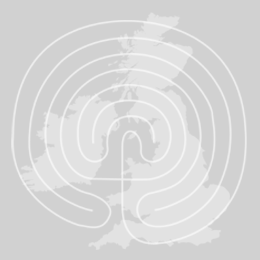
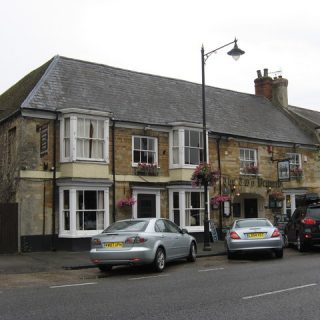
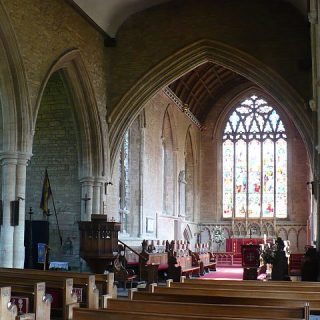
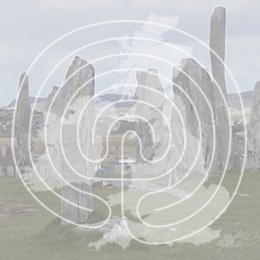
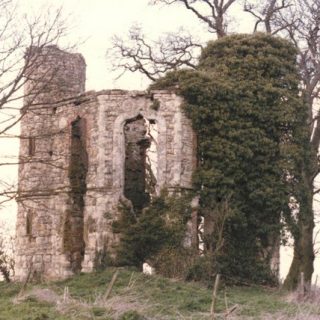
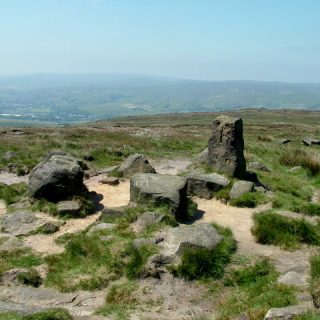
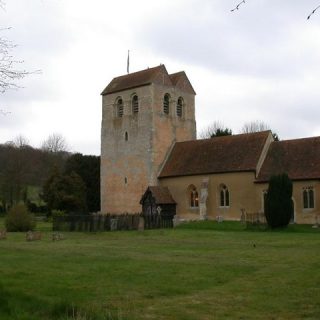
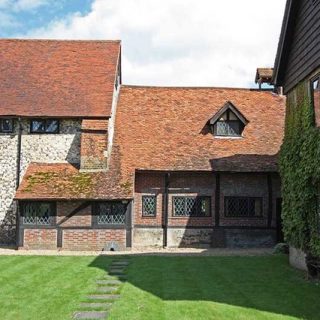
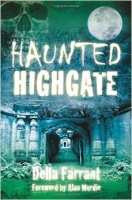
Recent Comments